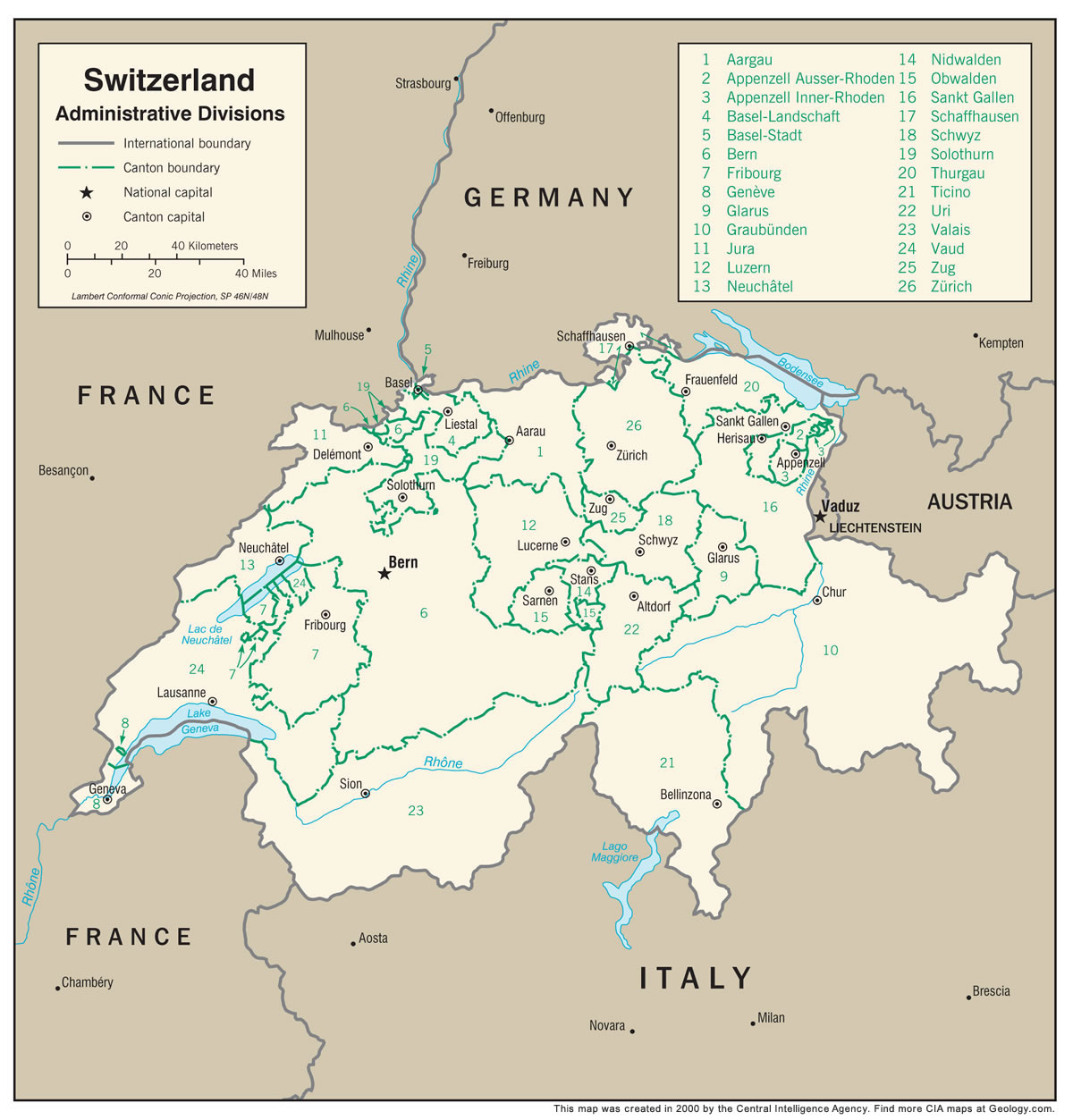
Introduction
Switzerland is a country in Europe, geographically located between France, Italy, Austria, Germany, and Lichtenstein. It is known all around the world for their banking sector, low taxation, watches, cheeses, and chocolates. Around 74% of the Swiss economy is based on the service sector, and 26% is generated by the industry. Also, 99% of companies in Switzerland are small and medium-sized enterprises (SMEs) (Schweizerische Eidgenossenschaft, 2020a).

Furthermore, Switzerland has a highly skilled workforce and therefore an increased competition in recruitment. The key to attract the best employees is to differentiate oneself as a recruiter or company.
Recruitment Practices
Laws and Regulations: Recruitment in Switzerland is legally based on the “Obligationenrecht” (Code of Obligations) that describes the rules of the employment contract. Additionally, the “Arbeitsgesetz” (Employment Law) governs aspects such as working hours, breaks, and agreements on protecting young people and women. The Swiss State Secretariat for Economic Affairs (SECO) provides additional information on the employment laws.
Recruitment Process: The following steps explain the recruitment process in Switzerland. Generally, the first steps are headcount planning, notification of vacancy, and approval of vacancy. During a crisis those steps might be reduced and one could instead start directly with the following:
- Organize the recruitment process
- Operational departments provide information for job description and necessary qualification requirements
- Both parties decide on recruitment strategy (internal/external)
- HR decides recruitment methods and instruments
- Strong cooperation between HR department and operational departments
- Set up Personnel Search
- Targeting applicants with job-posting tools such as prospective.ch or jobchannel.ch, or application management software such as SUCCESS FACTORS, or REFLINE
- Register vacancy at regional employment agencies (RAV) – Mandatory for occupations with a national unemployment rate of at least 5% at the RAV
- Contact employment agencies for temporary employment (e.g. Randstad)
- Growing popularity of active sourcing solutions, active recruiting (e.g. through LinkedIn), cloud working (freelancer), and job-matching sites (e.g. jobspotting.com)
- Create and Publish Job Postings
- Job postings should include “ideal requirements”, realistic picture of company
- Depending on the region, advertisement should be in a different language and often in multiple ones at the same time (French, Italian, German)
- HR Marketing and Employer Branding are important aspects to attract applicants
- Postings can be done through print, in person (vocational information centres etc.) or online:
- Popular job posting sites: jobs.ch, jobup.ch, monster.ch.
- Social Network Recruiting through LinkedIn or Xing (for the German market) gains popularity as well
- Create Application List
- Incoming applications should be listed (excel, or application management software)
- Share list with operational manager
Selection Practices
The next steps are part of the selection process:
- First Application Screening
- While applications are still inflowing, one should already screen all applications and make a decision: direct commitment (very rare), continuation of process, refusal
- Communication with applicants is the key: acknowledgement of receipt, additional information, and notice after the preliminary screening are highly valued by applicants
- Pre-Selection of HR department
- Examining application files, sorting the applicants, verification of documents
- Sharing this pre-selection with operational department to get confirmation on proceeding with the selection process of the pre-selected candidates
- Communicate to applicants in both cases – whether they were selected for further selection processes, or whether they were rejected. Applicants highly value feedback.
- Additional Selection Processes
- Personnel selection procedures such as psychological tests, assessment center (e.g. www.swissassessment.ch), questionnaires, references etc.
- Chose additional selection methods with care as they increase the costs
- Again, it’s important to communicate the decision in a timely manner to the applicants
- Job Interview
- Personal interviews can be either done before the additional selection processes or after, depending on the company and their requirements. Sometimes companies do not require additional selection processes at all, and only uses job interviews – it depends on the role and the associated costs.
- HR professionals set up the interviews
- HR department and operational department need to review the application, prepare interview strategy, agenda and related tasks, and prepare an evaluation grid
- All interviews should be standardized during one application round
- During the interview there should be one HR professional, and at least one person from the operational department (e.g. manager)
- Questions should be to receive more information about the candidate (salary expectations), evaluate the answers, but also to explain the company and job to the candidate
- Post-discussion after the interview between HR & department
- One needs to see all applicants first, to then compare them and only after that make the decision!
- Communication of continuation or refusal is especially necessary after this step.
- Eventual Follow-up Interviews
- If company sees additional interviews as necessary (e.g. for leadership positions)
- Reference Checks
- Candidates need to be informed that the references will be contacted and need to consent to this
- HR will then contact the references of the last candidates
- Applicant Screening
- This screening is focused on doing additional background-checks on possible hires to reduce the risk of hiring the wrong person
- Attention: some of those screening tests (e.g. cognitive tests, medical checks, drug screening, criminal record checks) need the consent from the applicant and are only permitted if necessary for the job!
- It is not allowed to screen social media platforms such as Instagram or Facebook if the candidate did not give consent!
- Evaluation
- Initial Vocational Education and Training (IVET) play a high importance in the selection process due to most companies seeking practical experience.
- There is also a shift towards higher education (HE), as in companies vocational and academic knowledge combined gain importance.
- Close cooperation between HR and operational managers to get to the final decision
- Selection of Candidate
- Only after careful consideration, evaluation and comparison the final candidate will be elected.
Miscellaneous Information
- On the Swiss CV candidates should mention their martial status, and attach a photo. Also, copies of diploma, certificates, reference letters and other proofs should be attached in a CV.
- Official languages spoken are Swiss German (60% of population, also called Schyzerdütsch), French (20% of population, mostly in the west), Italian (8% of population, mostly in the south) and Romansh (small population in south eastern part) (Sumner D., 2018).
- Switzerland is not part of the European Economic Area (EEA) but is part of the European Free Trade Area (EFTA). However, due to several bilateral agreements, Switzerland is highly integrated with other EU members. One of the agreements, the Free Movement of Persons (FMOP) allows other EU citizens to move and work in Switzerland (European Parliament, 2020).

Bibliography
Beaurin, D. (2016) ‘How to recruit in Switerland’. J.B.F. News. 21 June, 2016. [online] Available at: https://www.jobboardfinder.com/news/how-to-recruit-in-switzerland/
Bundesgesetz vom 13. März 1964 über die Arbeit in Industrie, Gewerbe und Handel (Arbeitsgesetz, ArG) [‘Employment Law’] (2018) Chapter 822.11. The federal Council. Available at: https://www.admin.ch/opc/de/classified-compilation/19640049/index.html [German]
epijob.ch (2020). Abfolge Bewerbungs- und Personalrekrutierungsprozess: Bewerbungsablauf, Personalrekrutierungs- und Personalselektionsprozess aus Sicht Bewerber/-in und Unternehmen. [‘Process of application and recruitment: application process, personnel recruitment, and personnel selection from the perspective of applicants and company’] [online] Available at: https://www.epijob.ch/de/abfolge-bewerbung/
European Parliament (2020) The European Economic Area (EEA), Switzerland and the North. Fact Sheets on the European Union. [online] Available at: https://www.europarl.europa.eu/factsheets/en/sheet/169/the-european-economic-area-eea-switzerland-and-the-north
Federal Act of 30 March 1911 on the Amendment of the Swiss Civil Code (Part Five: The Code of Obligations) (2020) Chapter 220. The federal Council. Available at: https://www.admin.ch/opc/en/classified-compilation/19110009/index.html
Geology.com (2020) Switzerland Map and Satellite Pictures. [online] Available at: https://geology.com/world/1200/switzerland-political-map.jpg
Hippach-Schneider, U., Weigel, T., Brown, A., and Gonon, P. (2014) ‘Are Graduates Preferred to Those Completing Initial Vocational Education and Training? Case Studies on Company Recruitment Strategies in Germany, England and Switzerland.’ Journal of Vocational Education and Training. 65(1) pp.1-17 [online] Available at:
http://dx.doi.org.ezproxy.capilanou.ca/10.1080/13636820.2012.727856
L&E Global (2016) Hiring Practices in Switzerland. [online] Available at: https://knowledge.leglobal.org/hiring-practices-in-switzerland/
Schweizerische Eidgenossenschaft (2020a). Employment Law: legal foundations. [online] Available at: https://www.kmu.admin.ch/kmu/en/home/concrete-know-how/personnel/employment-law.html
Schweizerische Eidgenossenschaft (2020b). Personnel Management: Assessing your needs adequately. [online] Available at: https://www.kmu.admin.ch/kmu/en/home/concrete-know-how/personnel/personnel-management.html
Schweizerische Eidgenossenschaft (2020c). Swiss Economy – Facts and Figures. [online] Available at: https://www.eda.admin.ch/aboutswitzerland/en/home/wirtschaft/uebersicht/wirtschaft—fakten-und-zahlen.html
State Secretariat for Economic Affairs (2020) Job Registration Requirements. work.swiss. [online] Available at: https://www.arbeit.swiss/secoalv/en/home/menue/unternehmen/stellenmeldepflicht.html
Sumner, D. (2018) ‘What are the languages spoken in Switzerland?’. Babbel Magazine. [online] Available at: https://www.babbel.com/en/magazine/languages-spoken-in-switzerland
